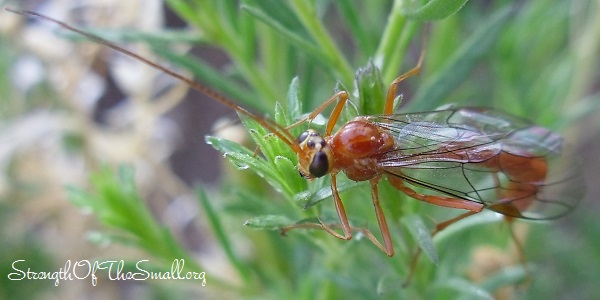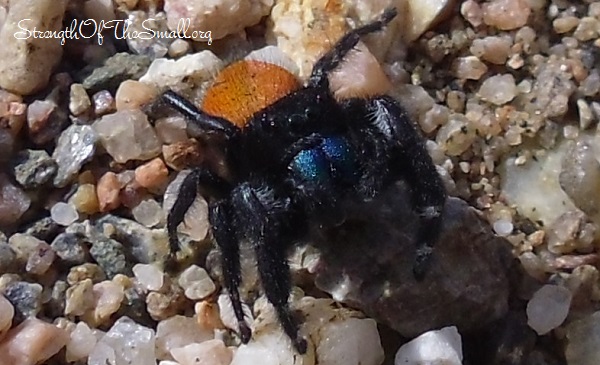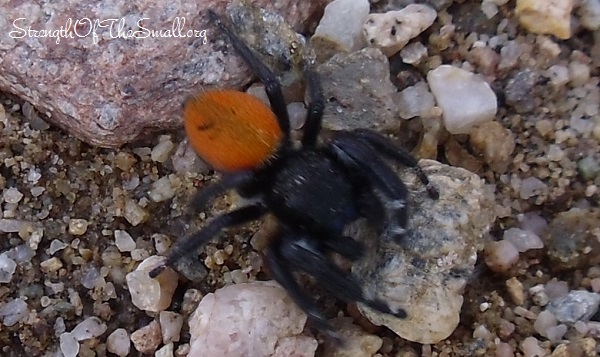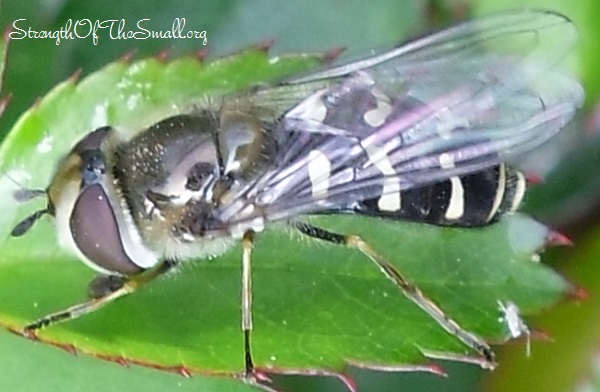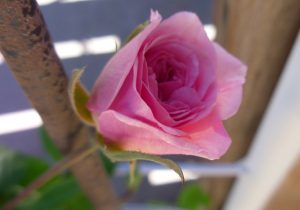A few weeks ago, I saw a strange young plant growing in a planter next to the Asparagus Fern and let it be out of curiosity. I am not sure how it got there, but I am guessing that it came with the potting mix. The plant flowered today and after researching it, I found out that it is considered an exotic plant.
Asclepias Curassavica also known as Tropical Milkweed, Mexican Milkweed, Scarlet Milkweed, Bloodflower, Swallow-wort, Silkweed is a non-native milkweed grown as an ornamental plant and as a food source for some butterflies. The plant produces showy red and yellow blossoms all summer and into fall. These flowers are followed by spindle-shaped pods which eventually split open to reveal ovate, flat seeds stacked in two rows.
Tropical Milkweed is deer and rabbit resistant. It is self-sowing and can be propagated by seeds and stem cuttings. It attracts butterflies (monarch caterpillars, eastern tiger swallowtails, giant swallowtails, painted ladies, pipevine swallowtails, queens), hummingbirds, wasps, and more.
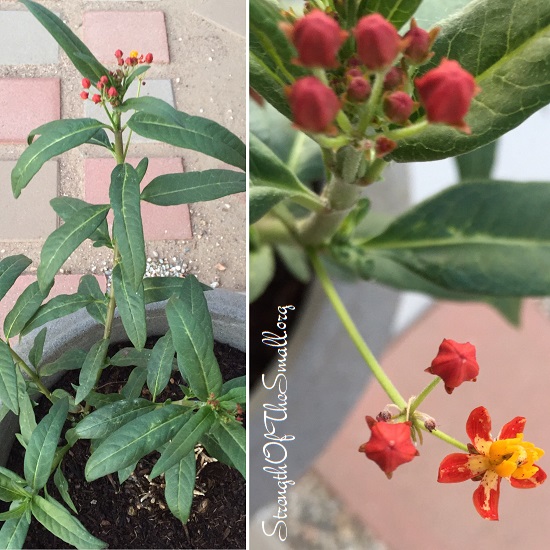
The warm weather is bringing out various insects. Last weekend, my husband accidentally found a Paper Wasp nest under the eaves of the patio while taking measurements for one of the windows to build a screen. Even though they are not by the entrance and they are beneficial insects, just knowing they are around is a little concerning. What if something sets them off and they suddenly attack?
Unless we can get a professional to safely remove the nest, we will let it be for now. I read somewhere that all but the queen die in Winter, making it the perfect time to get rid of the nest without being stung.
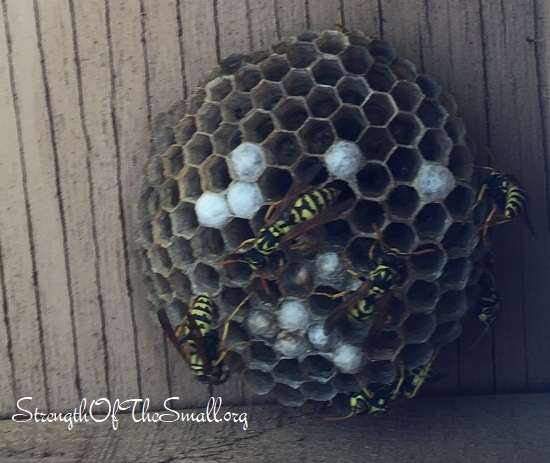
On a positive note, we caught a gopher in the front yard. This one is number 9, the previous one dating back to 2014. For the past couple of years, I was under the impression that they had left the area and we just had to deal with the ground squirrels.
I spotted this one feasting on the tender branches of the Green Feathery Senna through the kitchen window. I immediately asked my husband to set the trap and the next day, the gopher was caught in the trap. There is a sneaky one in the backyard and catching it will require planning and commitment. As for now, I am grateful for one less as it is a relief.
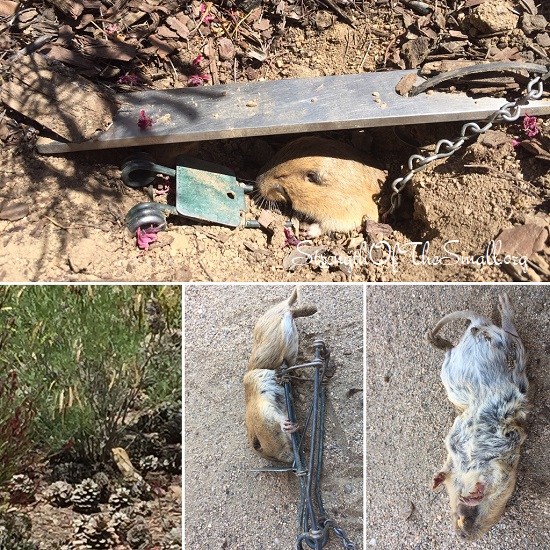
This afternoon I was thrilled to find a present waiting for me in the backyard. Another ground squirrel bit the dust. These rodents are so destructive and persistent.
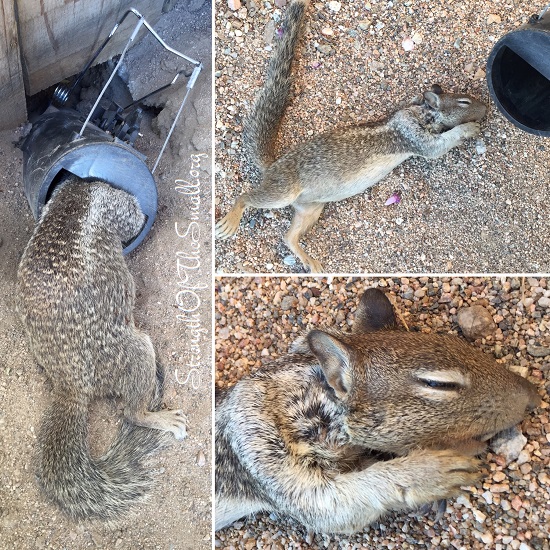
The presence of rodents in the garden is a pain as you constantly have to check for signs of damage (on plants as well as around building structures). Checking for holes and/or gaps around our property is a weekly chore I have entrusted to my kids and they do it diligently.
Unlike what some people might think, animals are not that picky when is comes to food source; they will eat anything and everything when hungry. Squirrel mothers are extremely protective of their offspring and will risk everything to keep them safe and fed.
I am crossing my fingers for tranquil days ahead in the garden.
Stay safe, stay hydrated and happy gardening.
